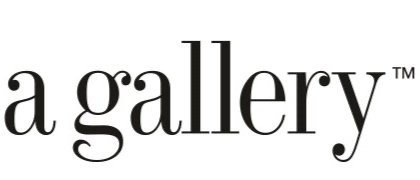What are you thinking?
Henry Ford said "If I had asked people what they wanted, they would have said faster horses".
Design Thinking is a buzzword in many organizations today to solve problems and discover new opportunities. Design Thinking values empathy with users, and emphasizes on companies to bring a solution quickly to market by using an elaborate process and techniques.
However, has 'Design Thinking' produced enough results? Bruce Nussbaum published this article a while ago on why Design Thinking has produced far more failures than successes. He specifically mentions how Design Thinking was packaged as process to be implemented like Six Sigma and other efficiency-based processes to deliver creativity. He further elaborates that Design Thinking fails as "Companies absorbed the process of Design Thinking all to well, turning it into a linear, gated, by-the-book methodology that delivered, at best, incremental change and innovation. Call it N+1 innovation. Design consultancies that promoted Design Thinking were, in effect, hoping that a process trick would produce significant cultural and organizational change.
From the beginning, the process of Design Thinking was a scaffolding for the real deliverable: creativity. But in order to appeal to the business culture of process, it was denuded of the mess, the conflict, failure, emotions, and looping circularity that is part and parcel of the creative process. In a few companies, CEOs and managers accepted that mess along with the process and real innovation took place. In most others, it did not. As practitioners of design thinking in consultancies now acknowledge, the success rate for the process was low, very low.” Design Thinking focuses on understanding user's problems and rapid-prototyping 'faster horses'.
Whereas 'Art Thinking' focuses on 'Creativity' and more importantly 'Failure' and asking 'Messy' questions. As this article by Tim Brown mentions 'Art Thinking' is right there with the Wright brothers as they crash-land, figuring out whether flight is even possible. He further mentions "Although the design process can be full of “eureka!” moments and true contributions to how we all live, what it misses from art thinking is a comfort with the possibility of failure. In design thinking, you implicitly believe a solution is possible. In art thinking, you are leading from questions--trying to ask the biggest, messiest, most important questions, even if you are not sure you can answer them.
Accepting that you might fail actually frees you to fumble inelegantly, to learn, even to waste time. Even if you move forward unpredictably in fits and starts, you stand a greater chance of the brilliant breakthroughs that create rather than meet demand. Art thinking created the first iPhone; design thinking made it a manufacturable, cultural phenomenon”. As 'Art Thinking' is focused on possibility of failure, are organizations convinced to invest time and money which do not assure success at the beginning?
'Art Thinking' and 'Design Thinking' can compliment each other. While 'Art Thinking' focuses on making original solutions without the constraints of 'productivity', Design Thinking can focus on making the 'invented' product better, usable, culturally acceptable and manufacturable!
© Veena Sonwalkar
